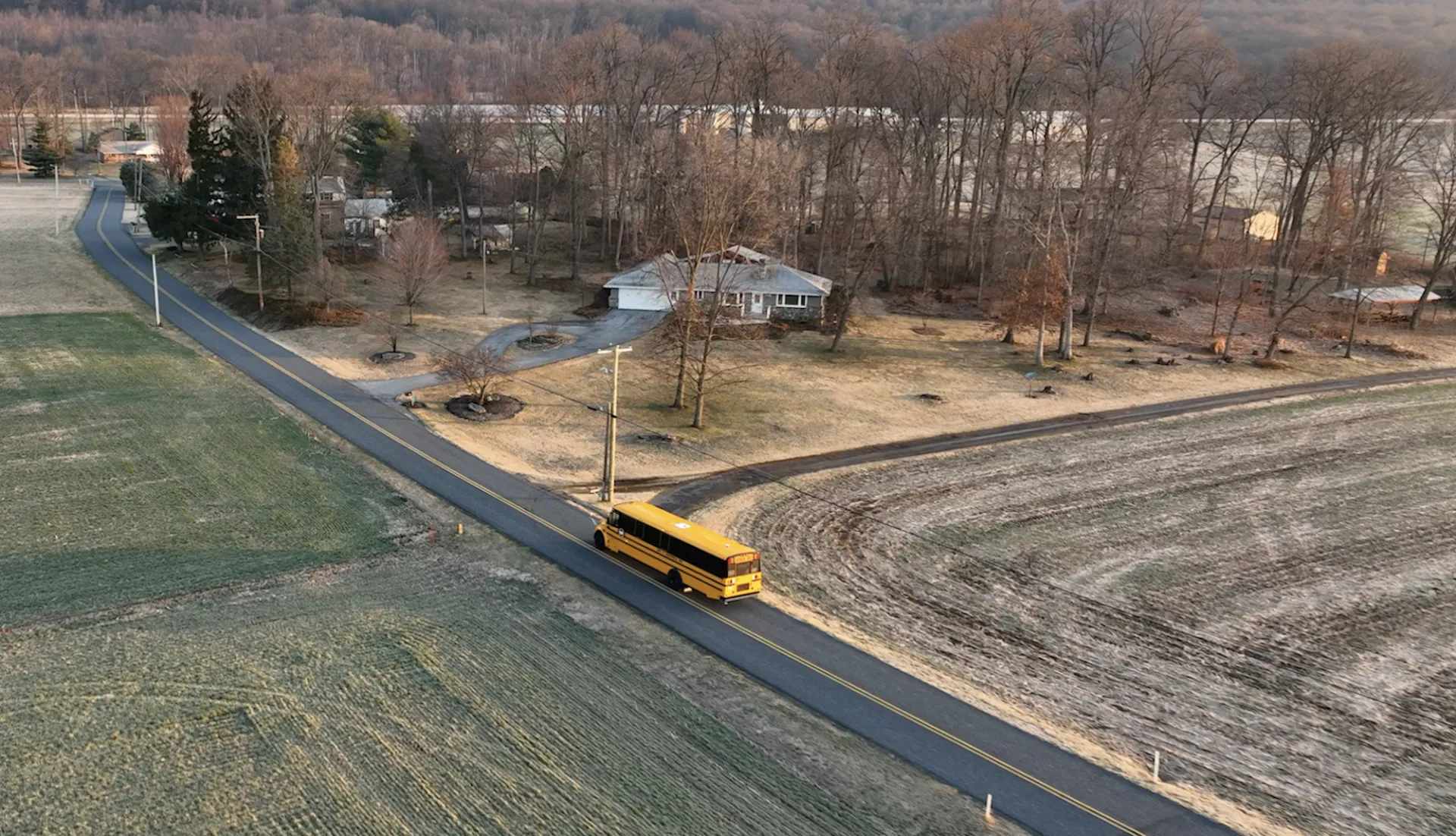On a holiday weekend that should be spent celebrating the great promise of America, the nation was subjected to a shocking display of greed and cruelty in the federal budget bill Trump strongarmed through Republicans in Congress, which unfairly burdens working people, puts the vulnerable at even greater risk, and drains money from public schools.
The new law imposes deep cuts to critical programs that families rely on while handing out $1 trillion in tax cuts for the wealthiest individuals and corporations.
“This budget is a direct attack on the very people our public institutions are meant to lift up,” says NEA President Becky Pringle. “Instead of investing in our children’s education, as well as their health and their future, this law hands billions in tax breaks to the ultrawealthy—while pulling the rug out from under America’s students and families,” she said.
“This isn’t just a policy failure—it is a moral disgrace.”
Here are five of the Worst Things in Trump’s Big Brutal Budget bill.
Establishes a Major Federal Voucher Program
The spending bill creates the nation’s first major federal voucher program, a long-term goal of the far-right that Trump did not achieve in his first term.
Most people do not want school voucher programs. Vouchers have appeared on state ballots 17 times—and every time, voters have rejected them. The most recent votes, in November 2024, were in Colorado, Kentucky, and Nebraska.
Despite public sentiment, Republicans in Congress rammed through a federal voucher program that is guaranteed to harm public schools. Here’s how it works: In return for donations to intermediary organizations that pay for private and religious schools, wealthy individuals will receive up to $1,700 in dollar-for-dollar tax credits worth far more than any other charitable contributions.
There is no cap on how much the federal government will spend on this tax giveaway, and it is now a permanent part of the federal tax code. NEA estimates that it will cost at least $25 billion per year.
Thanks to the work of NEA and other advocacy organizations, the voucher program cannot be forced upon the states; each state must opt into the program. Private and religious schools that participate will also be subject to some federal regulations.
Leaves Millions of Americans Without Health Care
A number of Republican lawmakers in Congress joined Democrats in speaking out against deep cuts to Medicaid to offset tax benefits primarily for the wealthy. That’s because they know many of their constituents will lose coverage and how deeply their state budgets will be impacted once the federal contribution to Medicaid is slashed.
Ultimately, though, Congress passed the bill with roughly $1 trillion in cuts to Medicaid.
Nearly 80 million Americans—including 38 million children and 1 in 10 education support professionals—currently receive health care coverage through Medicaid and the Children’s Health Insurance Program (CHIP). Under the new spending bill, roughly 17 million people would lose health coverage and become uninsured by 2034, according to the Center on Budget and Policy Priorities.
Some of these Medicaid cuts are targeted against immigrants, including those who have humanitarian protections in the U.S. such as refugees and those granted asylum. Other changes impose bureaucratic new requirements that set up strapped families to get kicked off the rolls.
Medicaid is also the fourth-largest source of funding for public schools. The program cuts could lead to fewer services, including mental health care, speech therapy, and health screenings, as well as reductions in staff.
In the end, these deep cuts to Medicaid will affect all of us, says NEA’s health policy expert, Cynthia Blankenship.
“What we know from every study is that when federal funding for Medicaid is cut, employer-sponsored healthcare costs increase dramatically, and workers end up paying more for premiums and out-of-pocket costs,” says Blankenship. “Medicaid funding cuts increase provider shortages and cause hospital closures and wreak havoc on state budgets that could lead to more education cuts,” she says.
Imposes Dangerous Nutrition Program Cuts That Will Leave More Students Hungry
Because of this spending bill, decades of progress in addressing America’s hunger crisis will be reversed, says Crystal FitzSimons, president of the Food Research & Action Center.
“With billions of dollars being cut from the Supplemental Nutrition Assistance Program, our nation will see higher rates of hunger and health care costs,” says FitzSimons.
For the first time, states are required to pay a portion of SNAP benefits and will be required to cover 75 percent of program administration costs.
Some states are expected to opt out of SNAP altogether. Millions of students could go hungry as a result of the cost-shifting to the states and burdensome paperwork for parents and food service professionals.
The changes also extend the harsh work requirements of the SNAP program to even more recipients, including those who have children.
Millions are likely to lose access to school meals and summer food programs, as well as their food security at home.
Read more about school nutrition cuts and what they mean for students.
Funding the Targeting and Harrassment of Immigrants
Will, a social studies teacher from Michigan who asked not to be fully identified out of concern for his school and community, teaches American history to a cohort of multilingual English language learners. The students in his gloriously diverse classroom are immigrants and refugees with 13 different first languages among them.
Last school year was an emotional roller coaster—from the highs of watching kids support each other in their language acquisition journey, to the sorrow of learning that two of his students’ fathers were detained by ICE.
“My students talk about how they are afraid they might be targeted, even though they are here legally and on a pathway to citizenship,” Will says. “And I can’t stand in front of them and tell them things are going to get better, when they are obviously about to get worse.”
Rather than investing in public schools, family health, and child nutrition, the Trump administration and most Republicans in Congress instead chose to invest heavily in Immigration and Customs Enforcement (ICE), adding massive resources for additional staff and detention centers. In fact, the ICE budget expanded 10-fold, from around $10 billion to over $100 billion annually.
The move guarantees the exponential increase of the harassment, abduction, and tearing apart of families.
Please consult NEA’s guidance on immigration and schools to review your rights and learn more about how to protect your students.
Making it Harder for Some Students to Afford Higher Education
Trump’s spending bill makes changes to federal student aid that will hike monthly student loan payments and hamper college access and affordability.
The bill narrows loan repayment options to just two choices. According to the Student Borrower Protection Center, the average college graduate will pay $2,929 more per year compared to what they would pay under the SAVE plan that President Biden enacted.
There will be new restrictions on the types of programs eligible for federal student loans, requiring programs to demonstrate that individuals who complete them would earn more than an adult that does not go through that program. Also, graduate and professional program loans now have a lending cap.
These changes are concerning, says Alec Thomson, president of NEA’s National Council for Higher Education.
“When you couple these changes with the recent attacks on funding for colleges and universities, there is going to be a larger financial gap that students have to make up,” says Thomson. “An increasing number of students may turn to private loan operators that do not have the best interests of the student in mind.”
In addition, more than 3 million college students receive health care coverage through Medicaid—and some of them could be at risk of losing that coverage under the new provisions. That could leave students making tough choices about whether they will pay for college or health coverage.





